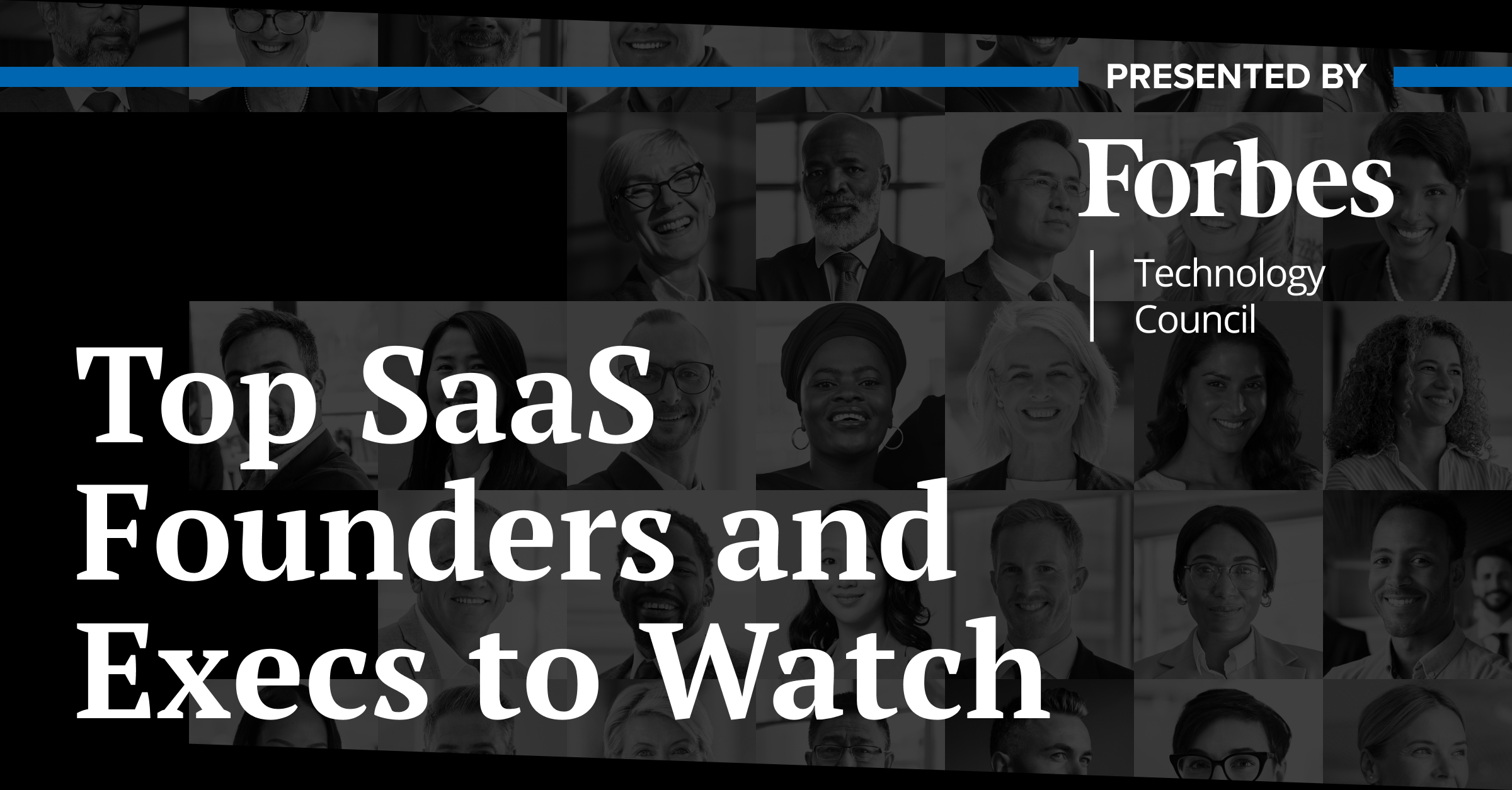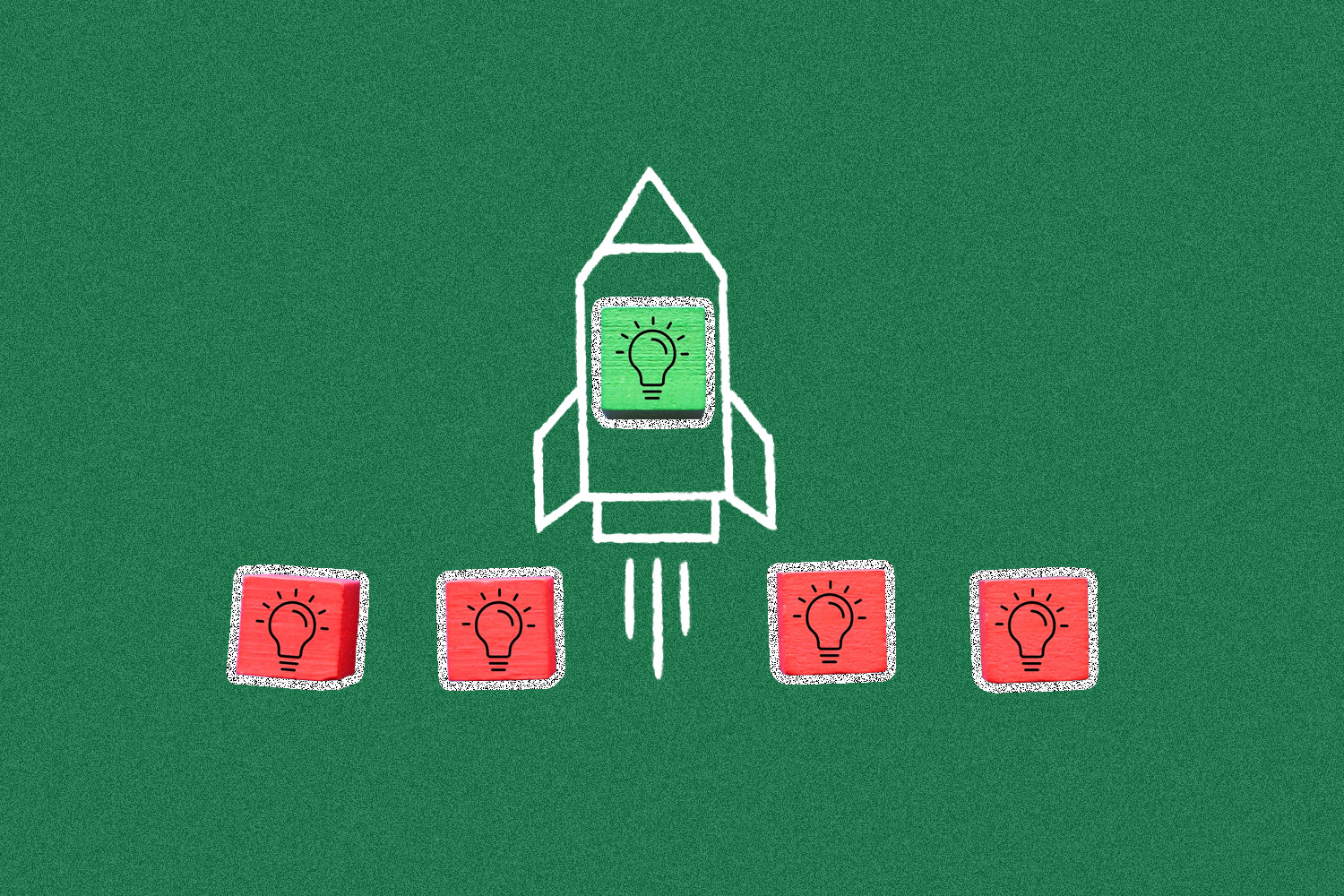Establishing a mentorship program can have a positive impact on company profits and productivity. In fact, 55% of companies report a positive profit impact, and 67% report a productivity increase related to mentorship programs.
They can also improve employees’ confidence, empathy, and awareness of cultural issues in the workplace — 87% of mentors and mentees report feeling more confident after participating in a mentorship program. “Especially now in this hybrid working world, [mentorship] creates a sense of connectivity and engagement that is an antidote to the sense of burnout and disconnectedness and frustration,” says Lisa Fain, CEO at the consultancy firm, Center for Mentoring Excellence. However, not all mentorship programs look the same. Picking the one that meshes best with your organization is essential for success. See the following four types of mentorship programs to get started.
1. One-on-One Mentorship
A 1:1 mentorship program is when one mentor is paired with one mentee. The mentor nurtures the growth of the mentee and supports their career journey. Successful programs ask mentees to bring a “stretch goal” that they want to work on to create an overarching focus to mentorship meetings.
Benefits of 1:1 mentorship include:
- Helping mentors practice their leadership skills. Mentors have a chance to demonstrate leadership capabilities before they get promoted.
- Helping mentees close skills gaps. Mentees can nurture any hard or soft skills they may need to improve before they can advance within the company.
- Fostering individual goals. With only one mentor, there’s time to dive deep into a mentee’s individual goals
W.L. Gore & Associates, Inc., a material science company, has run a 1:1 mentorship program for five years. The program was designed for associates who seek to learn and contribute more. Employees are selected based on the gaps identified by the company’s annual culture survey, as well as referrals from employee resource groups.
“The goal is to focus on engagement and contribution. It’s not intended for someone to go into a new position afterwards,” says Terrence Dickenson, DEI specialist within the company’s human resources department. “It’s really about expanding and increasing the engagement and contributions of our associates, and it’s focused on diversity.”
The company asks mentors and mentees to fill out a questionnaire to assess their needs. That includes having mentees identify a set development goal they want to work towards during the one-year-long mentorship program. Using this information, the company then connects mentees with mentors that have the skills needed to reach the goal.
Other considerations for pairing mentors to mentees include time zone, personality, and their project team. The idea is to pair people from different project teams or even different departments within the company to create confidentiality.
“Mentors have said the program deepened their awareness of diversity and differences. Mentees have said: ‘I’m becoming more confident; I’m speaking up more. I’ve learned how to influence more broadly’,” adds Dickenson.
2. Group Mentorship
In group mentorship, one mentor is assigned multiple mentees. This often occurs when there’s a small number of leadership roles and a small number of senior-level mentors at a company. While there may be less confidentiality in group mentorship, mentees are able to bounce ideas off each other.
Group mentorship benefits include:
- Creating a sense of community and comradery. Each mentorship group creates a small team environment that can help employees feel more connected to their work.
- Creating mutual accountability. Mentees can all act as accountability partners to ensure they are working towards their goals.
U.S. Salvage Yards, a company which helps people sell their old cars, integrates group mentorship into the onboarding process. The company’s first two weeks of training includes a group session before employees are placed into mentorship pairings. Each mentor has a minimum of two mentees — who are both new company employees.
“Since we inculcated mentorship programs into the training of new recruits, there has been a 50% increase in productivity as opposed to when we were not doing mentorship programs,” says Emma Gordon, the firm’s founder. “The mentorship program has helped my workers understand the culture, values and goals of the company and work towards achieving them.”
3. Peer Mentorship
Learning from peers can be just as valuable as learning from someone with more experience. Often overlooked, peer mentorship is when mentors and mentees are at the same level at a company and meet in groups or a 1:1 setting. More importantly, successful peer mentorship programs involve a level of trust and psychological safety. They can help employees exchange ideas, build trust with peers, and develop a greater sense of community at work.
Especially now in this hybrid working world, [mentorship] creates a sense of connectivity and engagement that is an antidote to the sense of burnout and disconnectedness and frustration
– Lisa Fain, CEO at the consultancy firm, Center for Mentoring Excellence
Other peer mentorship benefits include:
- Gaining a new perspective. Peers may have a different perspective on a project or a different relationship with managers. They can provide new perspectives and new angles when looking at problem-solving.
- Creates a greater sense of belonging. Peers that are more connected will have a stronger bond, and thus a greater sense of community while at work. This can improve employee motivation and retention.
Peer mentorship plays a role in retention at Parsons, an engineering firm that began its mentorship program in 2018. Since then, the company has had a total of 786 mentorship pairings tailored to each mentee’s desired focus area. The groupings include matches that are peer-to-peer, senior-to-junior, or even technical skill-based. According to Melissa Winham, learning and development lead for Parsons, the program was designed to improve employee attraction, retention, and promotion.
Mentors self-elect through the company’s human capital management system, and then get paired 1:1 with mentees based on the interests and goals they enter into a similar system. Parson’s employee resource groups also hold virtual speed mentoring sessions with 10-minute micro-mentoring sessions, where attendees can jump between different breakout rooms to meet with multiple mentors.
Of the 669 employees who’ve received mentorship as a mentee, 76% of them remain at the company. Of the 456 employees who have mentored 1 or more employees over the years, 79% remain at Parsons.
Another area of focus for Winham is the involvement of pairings across intersections. In the 332 mentees in this year’s mentorship program at Parsons, 34% identify as BIPOC, 9% are veterans, and 41% identify as female. In the pool of 536 available mentors who have volunteered to join the program, 21% identify as BIPOC, 13% are veterans, 24% identify as female, and 29% are VPs and above.
4. Reverse Mentorship
Junior employees aren’t the only ones who benefit from mentorship. Also known as “complementary mentorship,” reverse mentorship is when junior-level employees mentor a more senior employee. This is especially helpful if your company is experiencing cultural challenges. Pairing people from two different departments can help bring your organization together and close the gap between cultural differences.
Reverse mentorship benefits include:
- Helping senior-level employees better understand company culture. Reverse mentorship gives senior employees a window into what’s happening at lower levels of the organization.
- Helping junior-level employees get more exposure across the organization. Junior employees receive access to senior-level employees with whom they might not otherwise work.
Reverse mentorship is one of the components of the hybrid mentoring programs at Outreach, a sales execution platform with more than 1,200 employees. These programs stemmed from a desire to increase representation in leadership positions. In the sales industry, only 12% of leadership positions are female, and the tech industry only employs 7% of Black and brown college tech grads — with only 2% in leadership roles.
Outreach has two mentorship programs — both of which include a reverse mentorship component. Recognize Inspire Support Engage (RISE) focuses on increasing female representation in sales leadership. Recognize Inspire Support Engage Unlimited Potential (RISE UP) addresses the low levels of Black leadership in the company through mentoring.
The RISE pilot program launched in September 2021 as a nine-month experience with six high-potential females. And the RISE UP pilot launched in May as a six-month program experience with 19 black employees who were identified as high-potential. The programs include buddy work, individual work, group meetings, and a capstone project.
The overarching vision is to create safe visibility with real experiences at the executive level for these employees. “We’re trying to create experiences that don’t come organically until you’ve reached the higher levels,” says Pamela Mattsson, SVP of People and Organizational Development at Outreach. Both programs are currently in their pilot phase and are receiving ongoing feedback from program participants, who are viewed as program “co-designers.”
Both programs include a session with a white male senior executive, which serves as an opportunity to discuss cultural factors that impact leadership. This form of reverse mentorship is all about what the program participants can teach a senior executive, Mattsson says. This includes open conversations on what being proactive and assertive means on a cultural level, how to create an inclusive executive presence, and how to foster psychological safety for employees.
“We are getting insights about the experience of underrepresented talent in a way that we couldn’t speculate on,” Mattsson says. “Whereas for the participants it feels hopeful and inspirational, I think for senior leadership, there’s a humbling enlightenment based on the insights we’re getting.”
Interested in learning more about the terms used in learning and development? Check out our L&D glossary.






